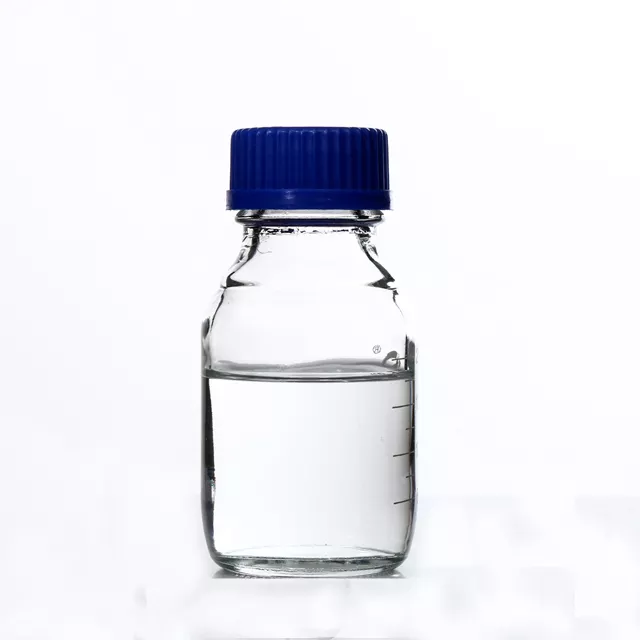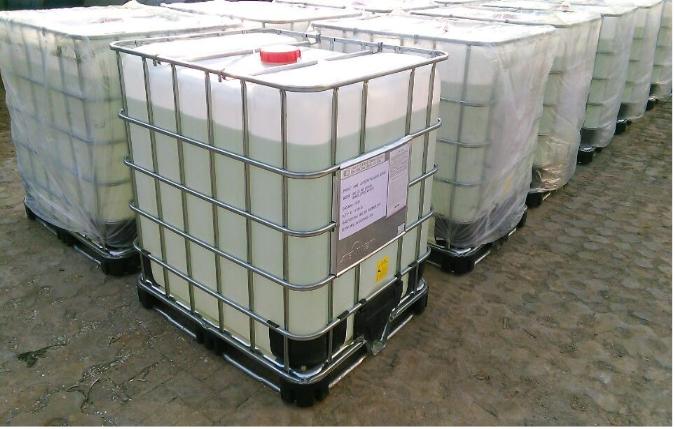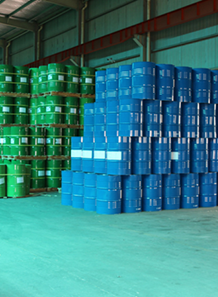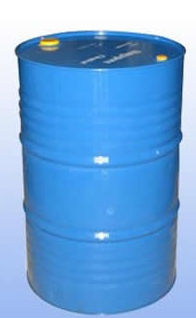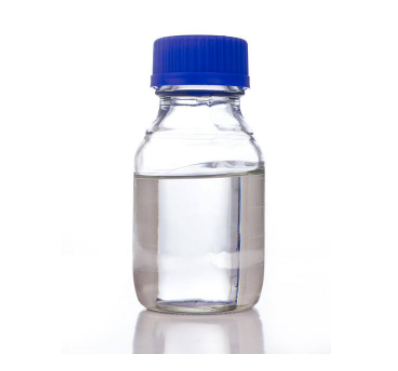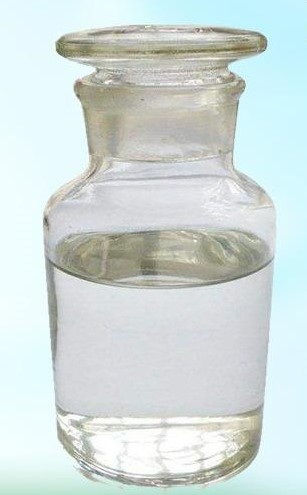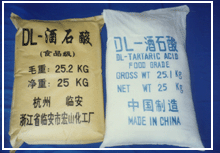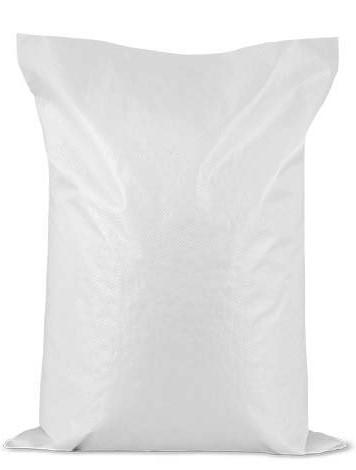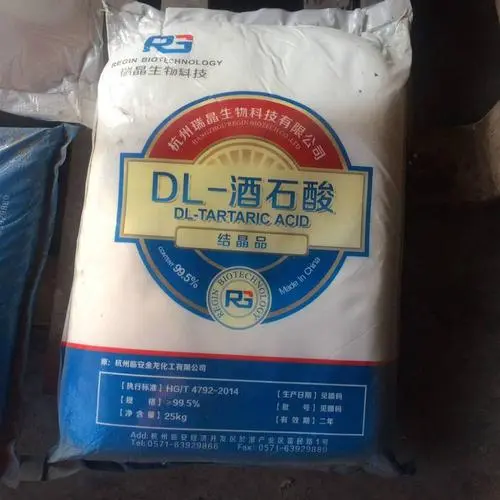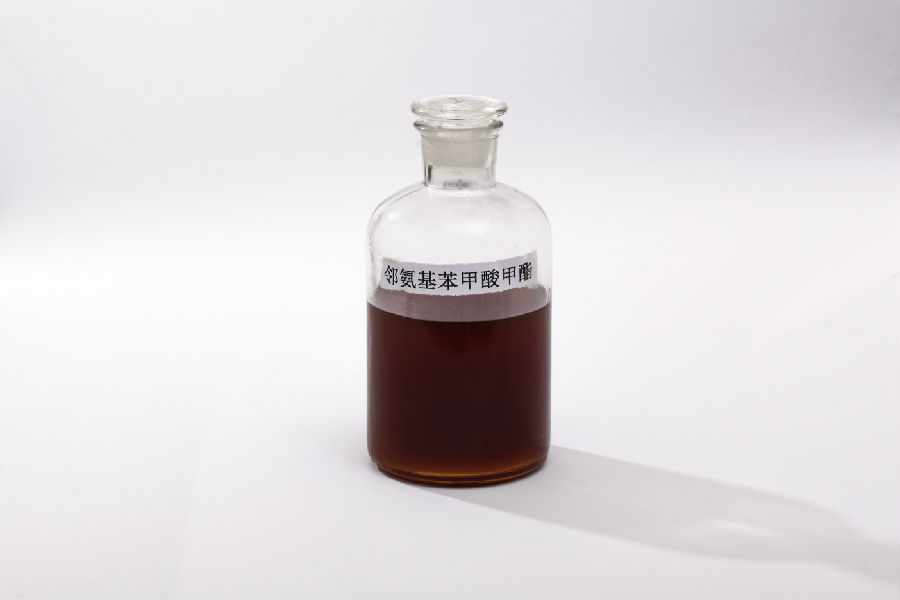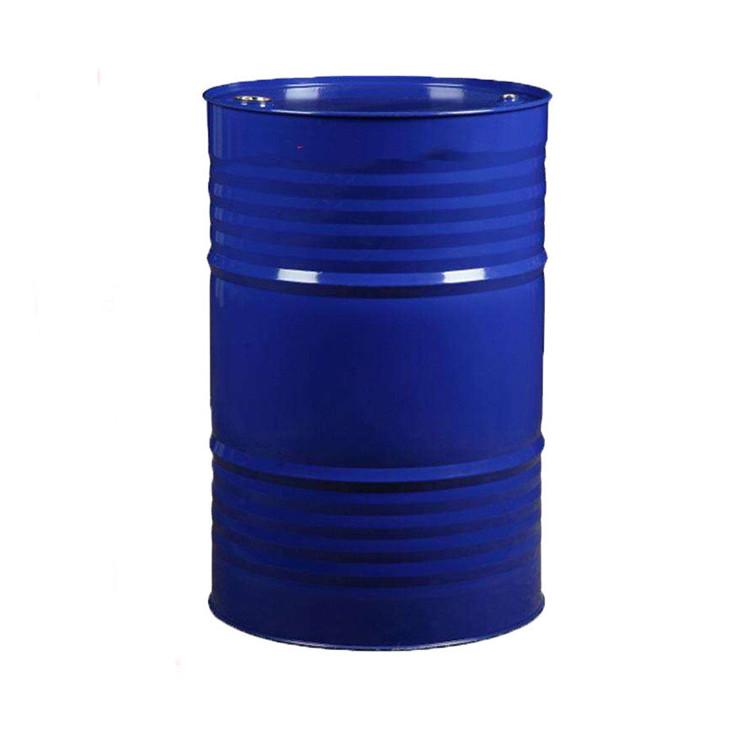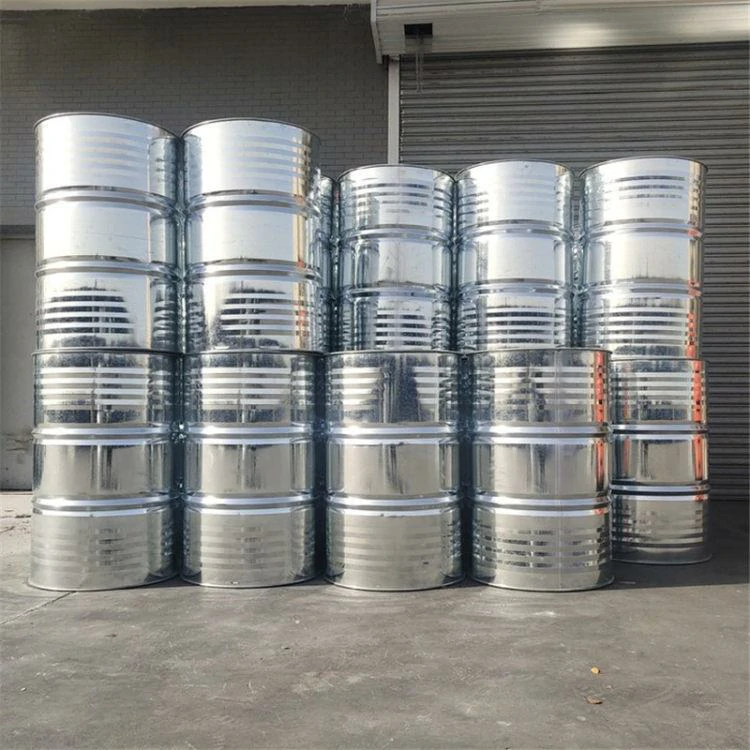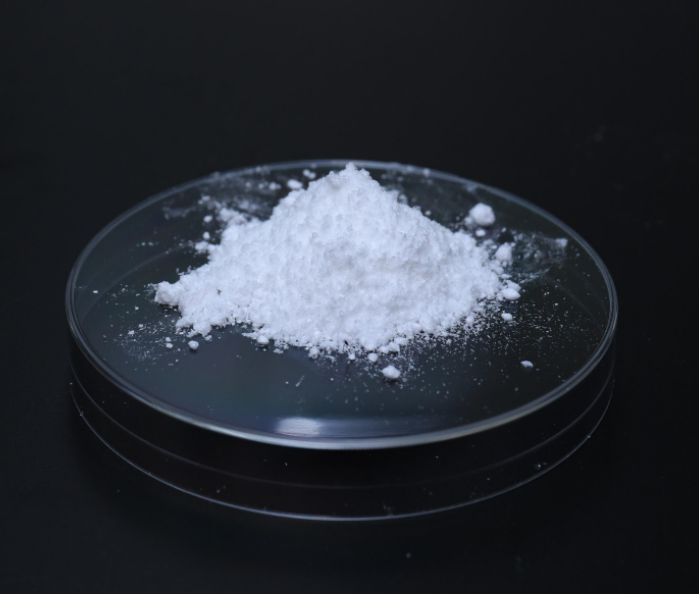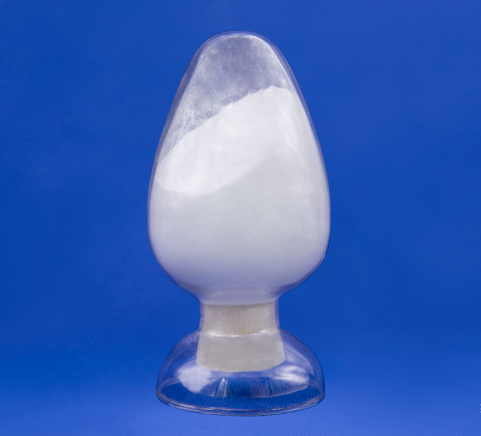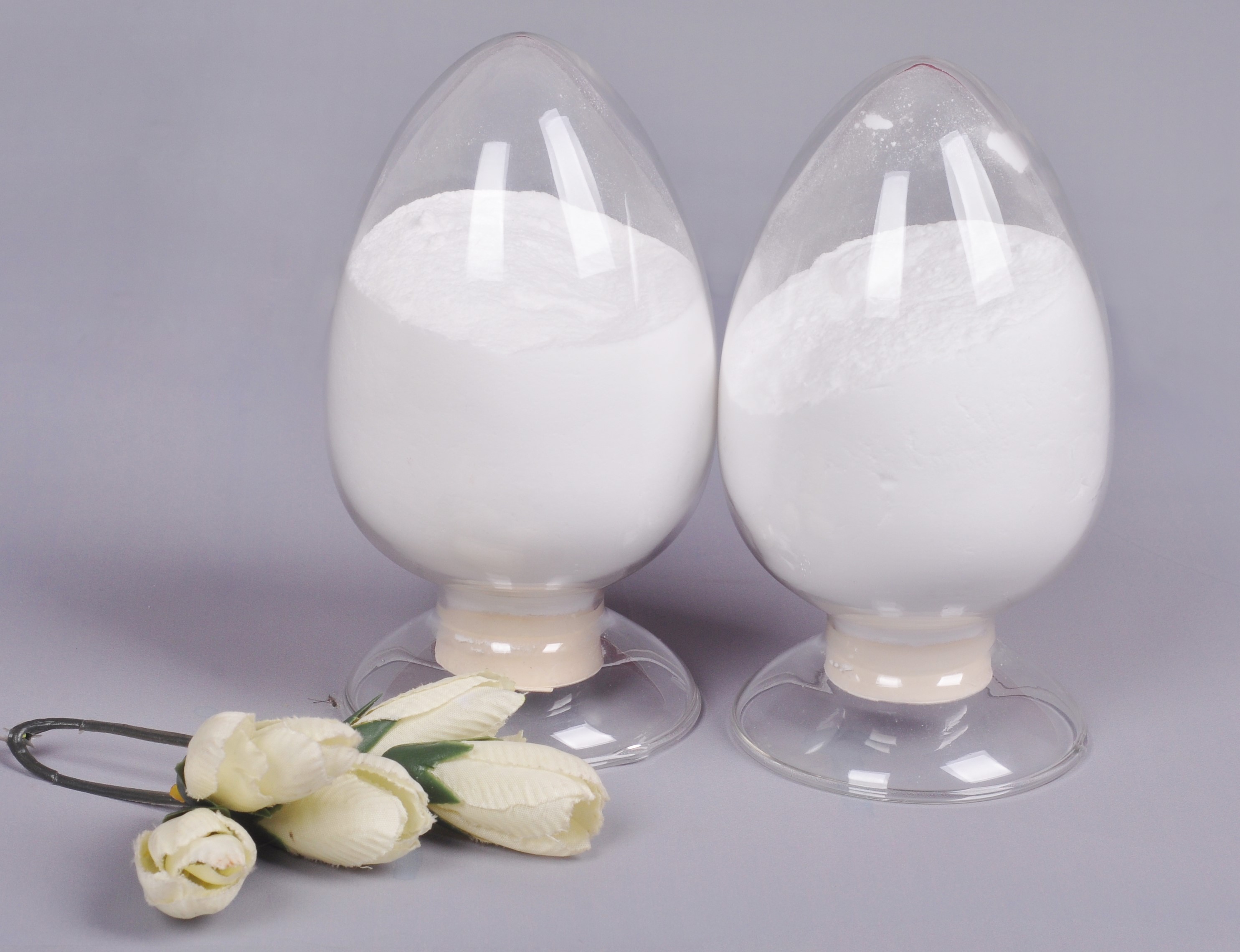Cosmetics
Find
703
related chemicals for you
CAS:122-20-3
Molecular Formula:C9H21NO3
Alias
More Information
Nitrilotripropanol; 1,1,1-Nitrilotri-2-Propanol; 1,1',1''-Nitrilotri(-2-Propanol); 1-[Bis(2-Hydroxypropyl)Amino]Propan-2-Ol; TIPA; 2-Propanol, 1,1',1''-Nitrilotris-; Tri-2-Propanolamine; 1,1',1''-Nitrilotripropan-2-ol; TIPA-85; TIPA85; TIPA 85
Brief Introduction
Triisopropanolamine can be used as gas absorbent and antioxidant; Cement industry as grinding aid; Fiber industry is used as refining agent, antistatic agent, dyeing assistant and fiber wetting agent; Used as antioxidant and plasticizer in lubricating oil and cutting oil; Plastic industry as crosslinking agent; It can be used as dispersant of titanium dioxide and minerals and curing agent in polyurethane industry. It is also used as pharmaceutical raw materials, photographic developer solvent, emulsifier of cosmetics, etc.
Suppliers
View More Vendors (4) >
CAS:123-86-4
Molecular Formula:C6H12O2
Alias
More Information
Acetic Acid, Butyl Ester; N-Butyl Acetate; Butylacetat; Acetate De Butyle; Acetic Acid N-Butyl Ester; Acetic Acid Butyl Ester; Butanol Acetate; Acetic Acid,Butyl Ester; N-Butyl Ethanoate; Butyl Ethanoate; N-Butylacetateester; Essigsure-N-Butylester; BAC
Brief Introduction
Butyl acetate is a kind of carboxylic ester synthetic perfume, also known as butyl acetate. It is a colorless transparent liquid with strong fruit flavor. It can be freely miscible with ethanol and ether, soluble in most organic solvents, and slightly soluble in water. N-butyl acetate is a flavoring raw material for the preparation of fruit flavors such as bananas, pineapples, apricots, peaches and strawberries. It is also used in food, and is also used in natural gums, synthetic resins, nitric acid fibers, synthetic leather, photographic substrates, plastics, spices and pharmaceuticals.
Suppliers
View More Vendors (4) >
苏州嘉鼎化学有限公司
99.5%
/
-
CAS:133-37-9
Molecular Formula:C4H6O6
Alias
More Information
2,3-Dihydroxysuccinic Acid; Racemic Acid; DL-2,3-Dihydroxybutanedioic Acid; Resolvable Tartaric Acid; (2S,3S)-2,3-Dihydroxybutane-1.4-Dioicacid; 2,3-Dihydroxy-,(R*,R*)-(±)-Butanedioicacid; 2,3-Dihydroxybutanedioic Acid Hydrate; Tartaric Acid; 2,3-Dihydroxy-,(Theta,Theta)-(+/-)-Butanedioicaci; DL Tartaric acid
Brief Introduction
DL-Tartaric Acid is colorless crystal or white crystal powder, odorless and sour. It is a mixture of equal amounts of right-handed and left-handed tartaric acid, often containing one or two crystal water, heated to 100 ℃ ° It is soluble in water and insoluble in chloroform. DL tartaric acid can be used as sour taste agent, chelating agent, antioxidant synergist, aroma enhancer, quick acting leavening agent, acid substance, food pigment diluent and solidifying agent. DL-Tartaric Acid is widely used in food, medicine, chemical industry, light industry and other industries. It is mainly used in the manufacture of tartrate. In the food industry, it is used as beer foaming agent, food sour agent, taste corrector and sour agent of grape juice. It is also used in tanning, photography, glass, enamel, telecommunication equipment, etc.
Suppliers
View More Vendors (4) >
≥ 99.5% (crystalline product)
/
Food Grade
25kg
/
Paper Bag
CAS:134-20-3
Molecular Formula:C8H9NO2
Alias
More Information
Methyl 2-Aminobenzoate; 2-Aminobenzoic Acid Methyl Ester; Anthranilic Acid Methyl Ester; Methyl 2-Anthranilate; Methyl O-Aminobenzoate; Neroli Oil, Artificial; 2-(Methoxycarbonyl)Aniline; 2-Amino-Benzoicacimethylester; 2-Carbomethoxyaniline; Benzoicacid,2-Amino-,Methylester; Carbomethoxyaniline; Methyl Anthranylate; Methyl Ester Of O-Aminobenzoic Acid; Methylaminobenzoate; Methylester Kyseliny Anthranilove; Methyl-2-Aminobenzoate; Methylanthranilate Solution; 1-Aminobenzene-2-Carboxylic Acid Methyl Ester; 2-Methoxycarbonylaniline
Brief Introduction
This product is naturally found in essential oils of citrus, Wan Xiangyu, jasmine, gardenia, orange blossom, and has strong fruit aroma and fragrance. It is one of the backbone products of the spice industry, and is widely used in daily flavors and flavors. It is the main flavor of grape flavor and can be used in various flavors such as berries, muskmelon, honey, citrus, lemon, strawberry and pineapple.
Suppliers
View More Vendors (4) >
Shandong Juqiang Oasis Biotechnology Co.,Ltd.
Our company has been producing anthranilic acid, methyl anthranilate and dye intermediates for many years. The production process is mature and the product quality is stable. The company has accumulated rich experience in this field. Our scientific research team has independently developed patented technology, which has reached the international advanced level.
/
-
CAS:137-16-6
Molecular Formula:C15H28NNaO3
Alias
More Information
N-Lauroylsarcosine Sodium Salt; Sodium Lauroyl Sarcosine; Sodium N-Lauroylsarcosinate; Sodium Lauryl Sarcosinate; Sodium Lauroylsarcosinate; N-Laurylsarcosine,Sodiumsalt; N-Lauroylsarcosinena-Salt; N-Lauroylsarcosinesodiumsalt; Sarkosyl NL 30; Sarkosyl NL; Sarkosyl; N-Methyl-N-(1-Oxododecyl)Glycine Sodium salt; N-Methyl-N-(1-Oxododecyl)Glycinesodiumsalt
Brief Introduction
Sodium lauroylsarcosinate is a kind of foaming agent and surfactant. It is a kind of modified fatty acid of lauroyl sarcosine salt (decomposed from creatine or caffeine). It is often used in shampoo, shower gel, cleanser and shaving products as foaming agent, surfactant and hair conditioner.
Suppliers
View More Vendors (4) >
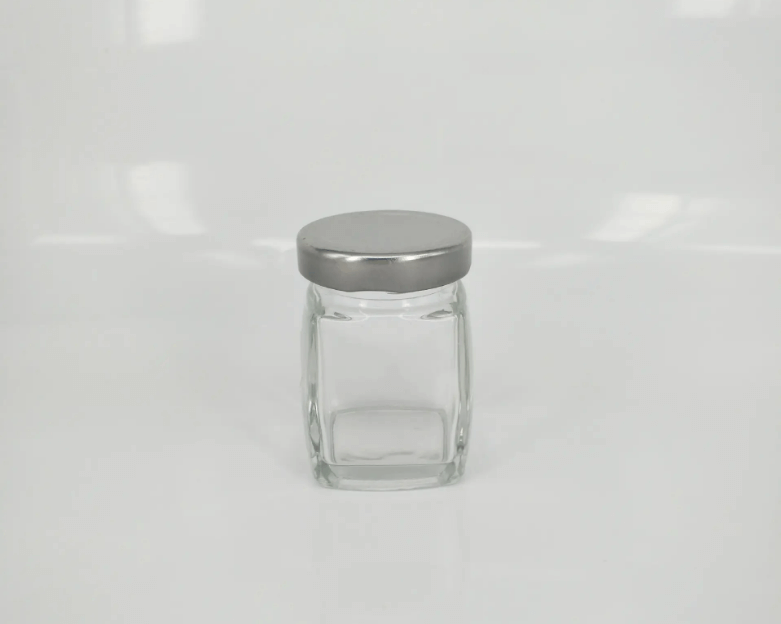
Active matter content 29.0~31.0%
/
Cosmetic Grade
200kg
/
Plastic Drum
Inquiry (
10
/ 10
)
Clear All
You can inquire for up to 10 products at a time
Sign In
Error!

